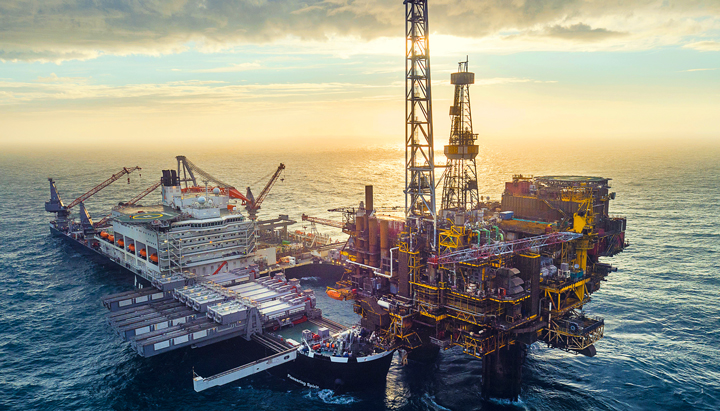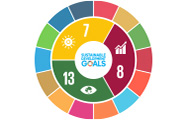Decommissioning and restoration
Decommissioning is part of the normal life cycle of every oil and gas structure when a facility reaches the end of its life.
Safe and responsible decommissioning is a priority for Shell. This includes restoring the surroundings of offshore platforms and facilities in line with relevant legislation, while taking our own environmental standards into account.
A growing number of oil and gas platforms and facilities are coming to the end of their expected life, having extracted economically recoverable reserves offshore. As a result, we have decommissioning activities under way in Brunei, India, Malaysia, the Netherlands, the UK and the USA. We expect decommissioning to increase over the next few decades.
Our largest decommissioning project to date is the Brent oil and gas field, which lies in the North Sea between the UK and Norway. Preparation for decommissioning the four Brent platforms – Alpha, Bravo, Charlie and Delta – started more than a decade ago. In June 2019, the Brent Bravo topside – the part that is visible above the sea – was successfully removed in a single lift and sent for dismantling. It is expected that more than 97% will be recycled. The recommendation in the Brent field decommissioning programme is for the concrete legs (called gravity base structures), which are part of Bravo, Charlie and Delta, to be left in place.
Find out more about Brent Bravo’s decommissioning at www.shell.co.uk/top-5-questions-about-brent.
Watch the film at https://youtu.be/D5xXmEHPFp8.

The Brent Bravo platform topside was removed by the Pioneering Spirit, a ship stretching the length of six jumbo jets.
Shell’s Curlew floating production, storage and offloading vessel was approved for decommissioning in March 2019. The vessel was towed to Dundee, UK, in June 2019.
In October 2019, the decommissioning of the Goldeneye field was approved and planning is under way for the removal of the topside and jacket. The pipeline for Goldeneye has been preserved to be used potentially to transport carbon dioxide as part of a carbon capture and storage project.
 Climate change
Climate change
 Sustainable development goals
Sustainable development goals
 Safety
Safety
 About our data
About our data
